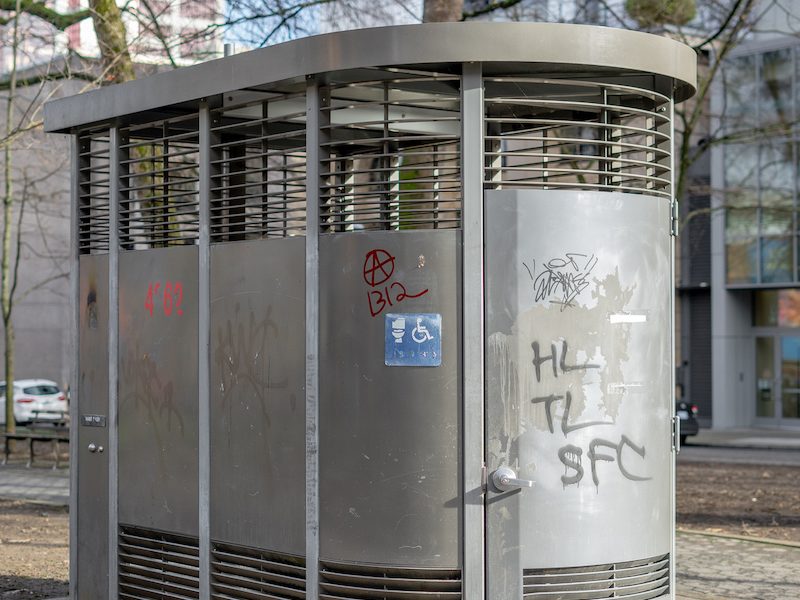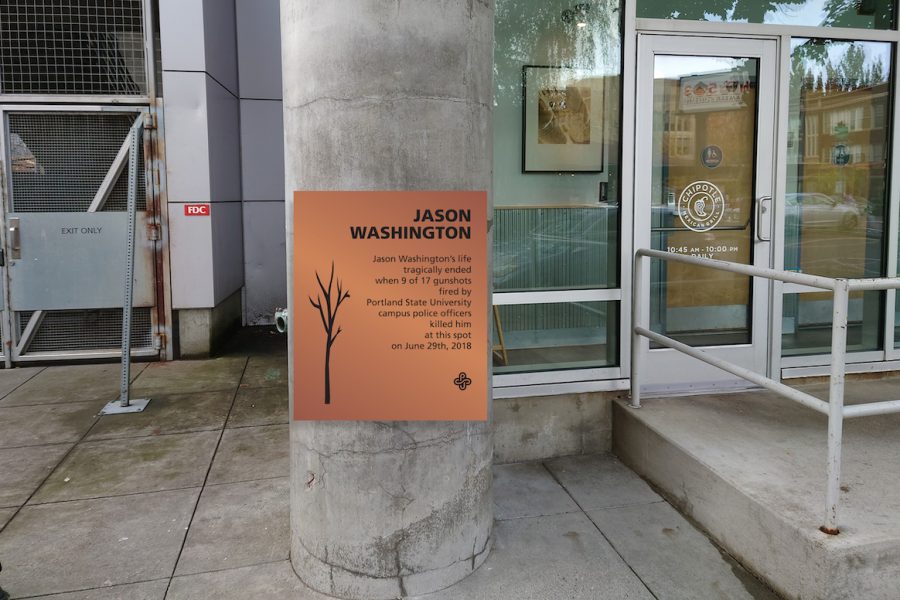The electric car market is booming in Oregon. Drivers in the state have ranked number two in the United States in EV sales for two years straight, tying in 2022 with Hawaii and Washington, according to OPB. But we shouldn’t let the positive glow of automobile electrification distract from the real issue: cars themselves. If we want a more sustainable, healthier future, we must reduce car usership altogether in favor of person-centric infrastructure.
Electric vehicles certainly help in the fight against climate change, at least when compared side-by-side to a gas-powered car. According to the Oregon Department of Energy 2020 Biennial Energy Report, Oregon’s transportation sector makes up 40% of the state’s greenhouse gas emissions, with 95.4% of those coming from vehicles powered by gasoline and diesel. “For electric vehicle drivers,” the report states, “no matter where a car is fueled in Oregon, drivers are reducing greenhouse gas emissions by 50 to 95 percent by fueling with electricity.”
However, greenhouse gas emissions are not the only criteria by which we should judge electric vehicles. An article in the Jan. 2022 issue of the journal Cities titled “Revisiting car dependency: A worldwide analysis of car travel in global metropolitan areas” breaks down the issues with car dependency. The authors note that 86% of personal trips in U.S. cities are made by car, and such reliance on personal vehicles causes a slew of negative effects. Cars contribute to climate change, air pollution, traffic congestion, noise pollution and crashes. Switching to electric vehicles only addresses the first two, while leaving the rest virtually unchanged.
What are the costs of car use? In U.S. traffic alone, private vehicles on urban roads lose a total of 3.7 billion hours to congestion annually, exacerbated by a lack of infrastructure or alternative transportation options. Road traffic produces 90% of noise pollution, worst in highly populated cities like Beijing or Barcelona. Finally, each year, more than 1.2 million people are killed around the world in road accidents, and more than 50 million are non-fatally injured.
Car dependency doesn’t just affect how we live in the city, it changes the city itself. The widespread adoption of automobiles post-World War II, according to the Automobile in American Life and Society project from the University of Michigan, facilitated the growth of urban sprawl throughout the 20th century. Before anyone knew what was happening, professor Martin V. Melosi states, cars had begun to break the ties that bind urban communities together: “Motor vehicles disperse populations almost randomly, and roads and highways become the essential common links between people and their homes, their jobs, and their diversions.”
Simply put, car-centered urban planning makes it harder to maintain a sense of community. Public health researcher Mateusz Borowieki stated to Vox that car-centric neighborhoods and suburbs reduce opportunities for social interaction across all age groups—children have fewer ways to get around on their own, working-age adults often commute alone from home to highway to parking lot and older adults have few opportunities to leave the house without a car.
While it isn’t a panacea, smarter, people-centric urban planning can help ameliorate many of these problems. An April 2022 study in Sustainability, “The Compactness of Non-Compacted Urban Developments: A Critical Review on Sustainable Approaches to Automobility and Urban Sprawl,” lays out a number of proposed solutions to car-dependent city planning. These are the “compact city,” the “free-carbon city” and the “ubiquitous eco-city.”
The compact city is exactly what it sounds like: the idea is to fight against urban sprawl by shrinking the city inward, raising urban density, reducing the distance of car trips and in the process making for a more pedestrian-friendly environment. The free-carbon city aims to mitigate carbon emissions by encouraging the use of electric vehicles in underground rapid transit tunnels, à la Elon Musk’s Boring Company.
The most exciting option, however, is the eco-city. So-called “ubiquitous” because of its emphasis on communications technology, the eco-city prioritizes the use of digital technologies like Zoom and FaceTime to reduce business commutes; as well as public bikes, scooters and other forms of alternative transportation with smart-tracking systems, like Portland’s Lime scooters and BIKETOWN bicycles.
Such interventions, along with improved public transit infrastructure, have the potential to fundamentally reshape our urban environments for the better—to refocus our communities in a happier, healthier, friendlier direction. Car-centric infrastructure takes valuable public spaces away from potential greenspaces and pedestrian plazas, which are essential for urban quality of life.
Though electric cars may help reduce pollution and greenhouse gas emissions, in the final analysis they only further entrench car dependency. At the end of the day, a car is a car is a car—a Tesla takes up just as much parking space as a Subaru.






